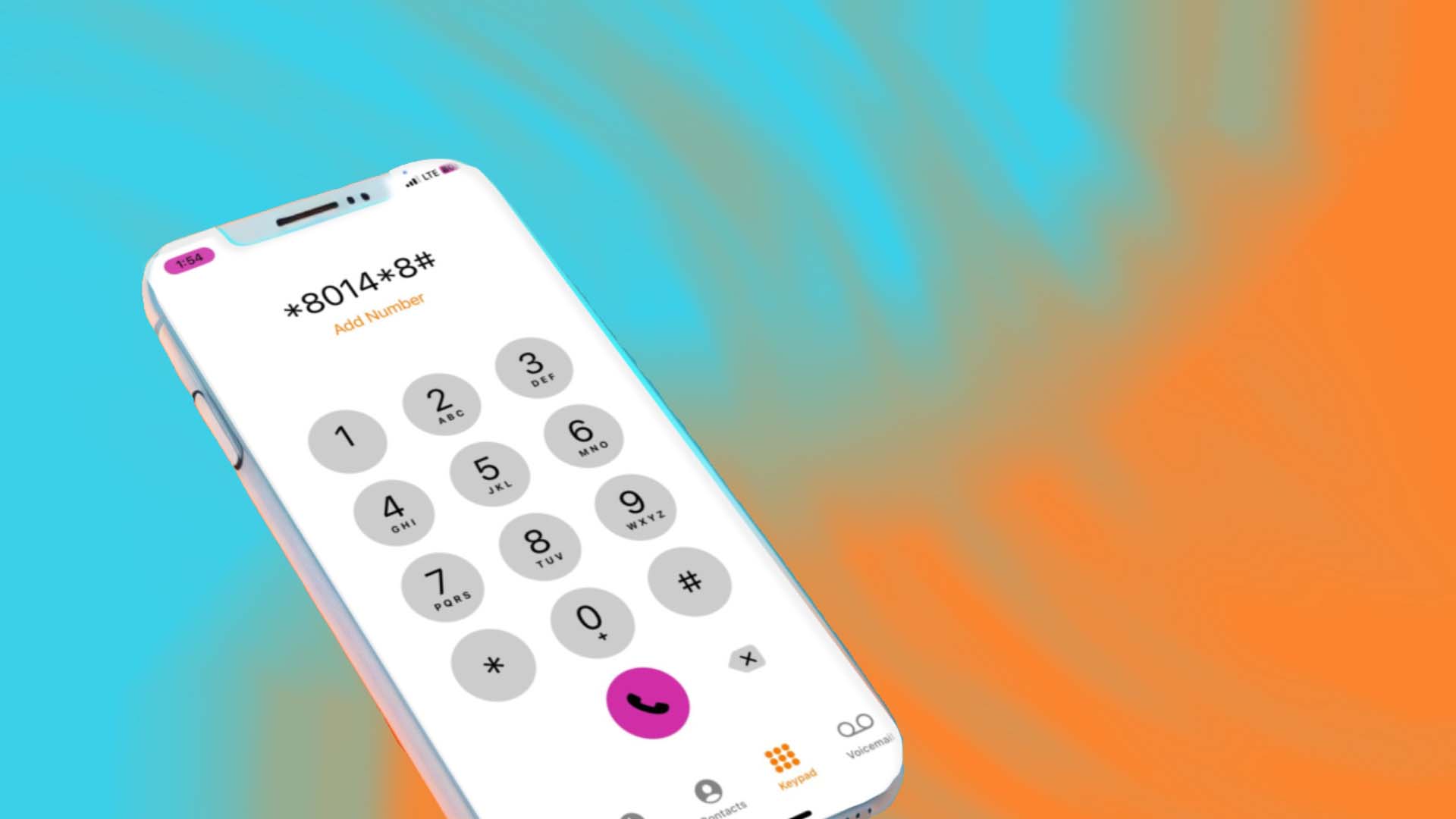Unlocking the Power of USSD Services: Revolutionizing Mobile Interactions
- Understanding USSD Services
Have you ever wondered how mobile phones can perform transactions without internet access? Unstructured Supplementary Service Data (USSD) is the technology behind this seamless interaction. USSD is a unique communication protocol utilized by GSM cellular networks to enable real-time communication between mobile devices and service providers’ computer systems. Unlike SMS, USSD operates on a session-based, real-time connection, making it ideal for applications that require instant responses. This blog post delves into the world of USSD services, exploring its functionalities, benefits, and diverse use cases that have revolutionized mobile interactions.
- How USSD Services Work
USSD services function as a text-based, menu-driven communication platform, allowing users to interact with various applications through a series of dialing shortcodes. The interaction starts when a user dials a specific USSD code, often starting with an asterisk (*) and ending with a hash (#). The code initiates a session with the mobile operator’s server, prompting the server to send a menu or a prompt to the user’s device. The user can then respond by selecting options from the menu or entering relevant information through their phone’s keypad. This back-and-forth exchange is instantaneous, providing a smooth and straightforward user experience even on basic mobile devices.
- The Advantages of USSD Services
One of the primary advantages of USSD services is their wide accessibility. Since USSD doesn’t rely on internet connectivity, it can reach users with basic mobile phones, ensuring inclusivity across various demographics, including those in remote or low-income areas. Moreover, USSD is highly cost-effective for users as it typically incurs lower charges compared to SMS or data-based services. For businesses and service providers, USSD presents an efficient means of engaging with customers, enabling services like mobile banking, balance inquiries, bill payments, and more. Its real-time nature enhances security, minimizing the risk of fraudulent activities and ensuring that transactions are swift and accurate.
- Popular Use Cases of USSD Services
USSD services have found applications in a wide range of industries. Mobile banking is one of the most prominent use cases, empowering users to perform various banking operations on their phones, from funds transfer to checking account balances. Additionally, USSD has been harnessed in healthcare, allowing users to access medical information, schedule appointments, or receive emergency assistance. In the education sector, USSD provides access to educational content, exam results, and enrollment processes. Even government agencies have adopted USSD to facilitate citizen services such as tax payments, issuance of certificates, and social welfare programs. The versatility of USSD services makes it a powerful tool for enhancing overall user experience.





